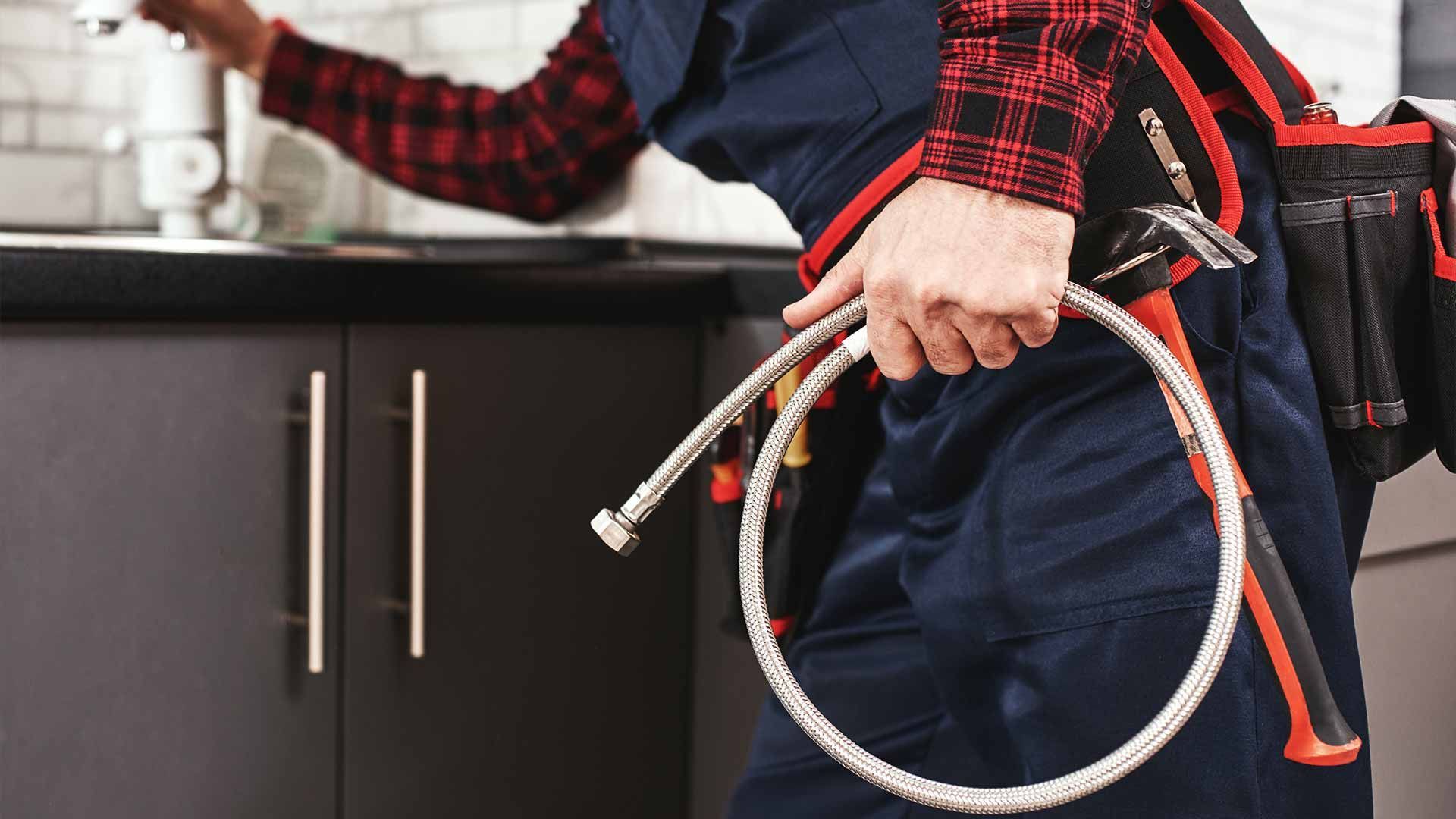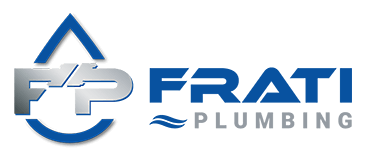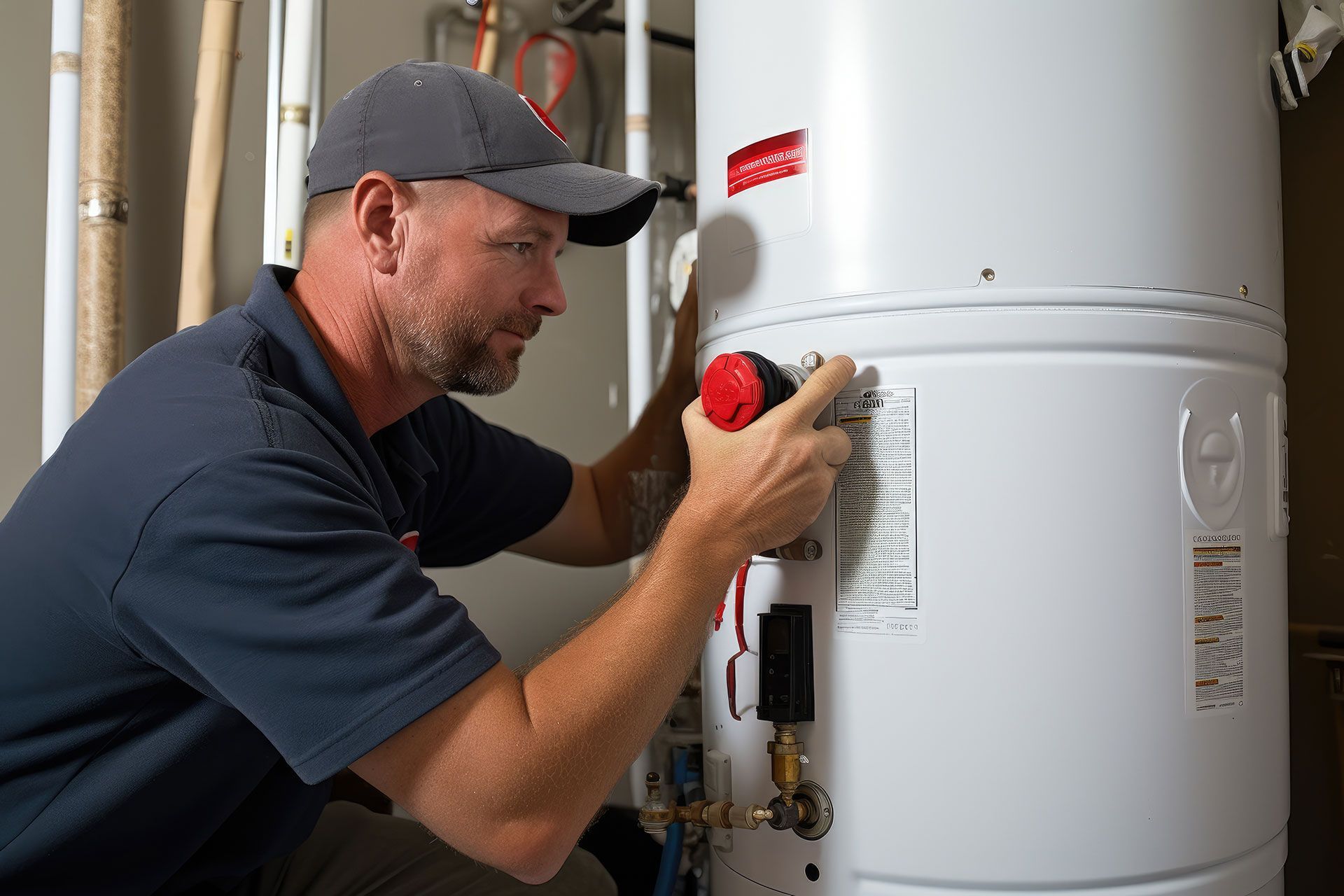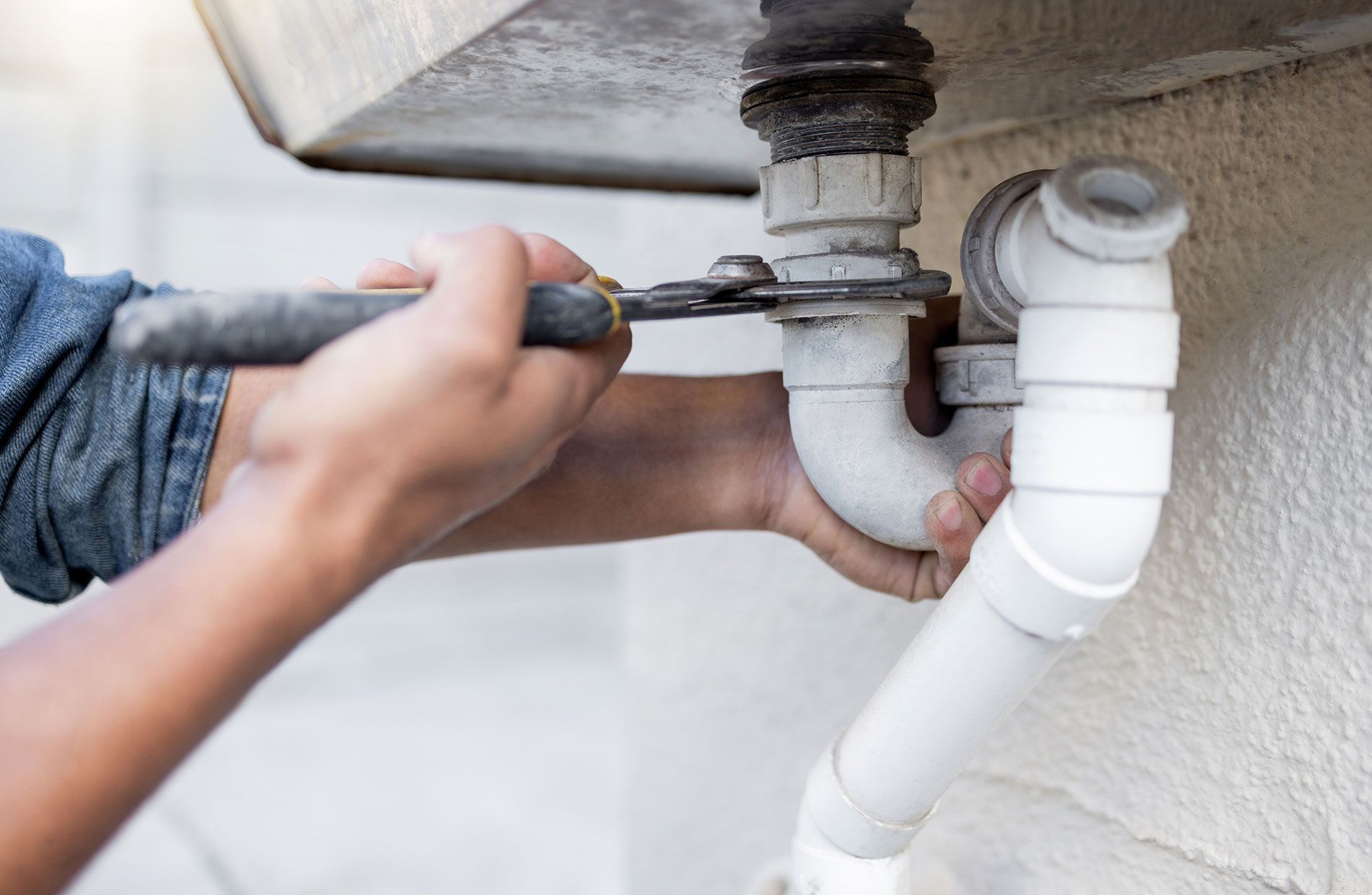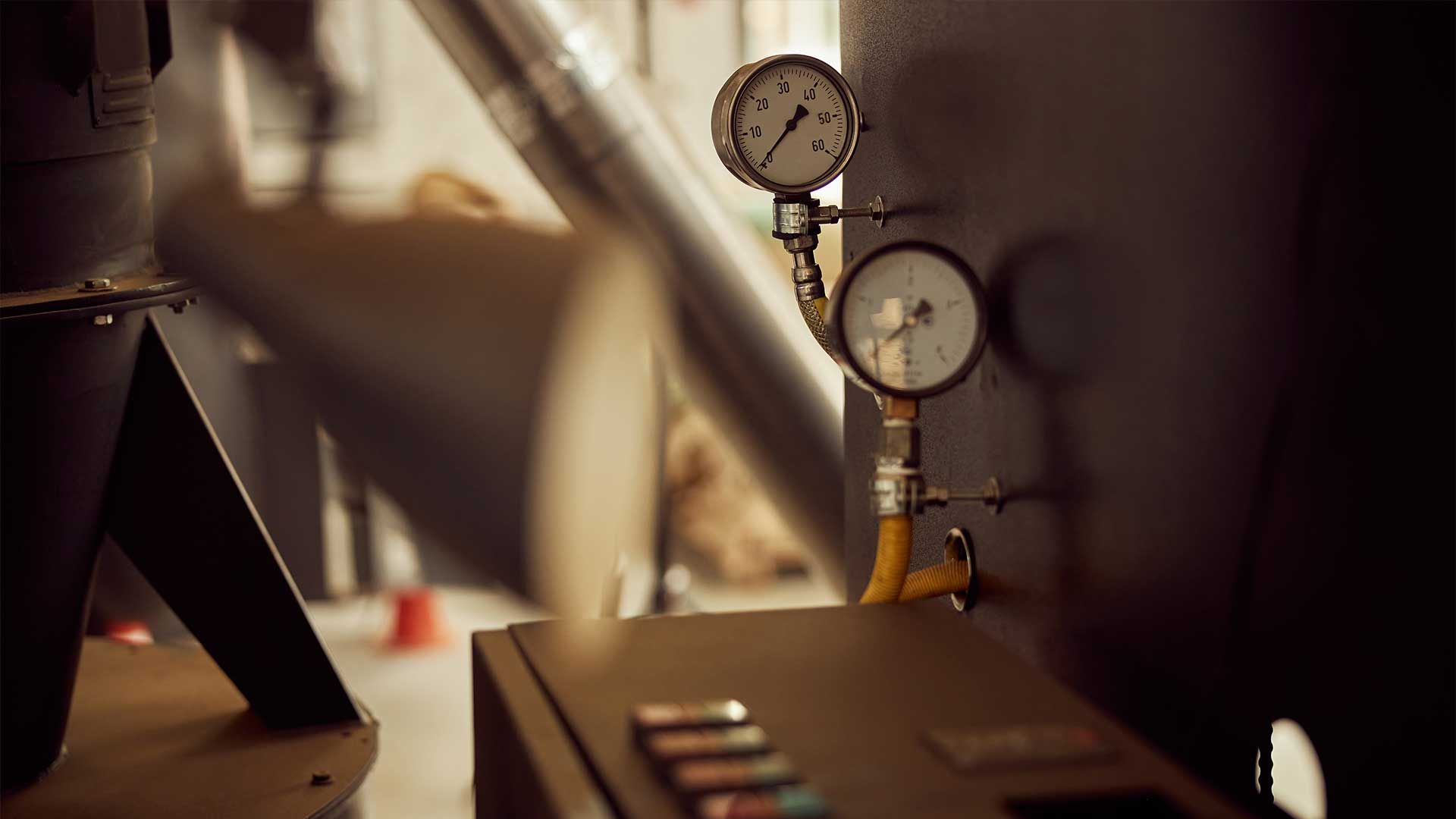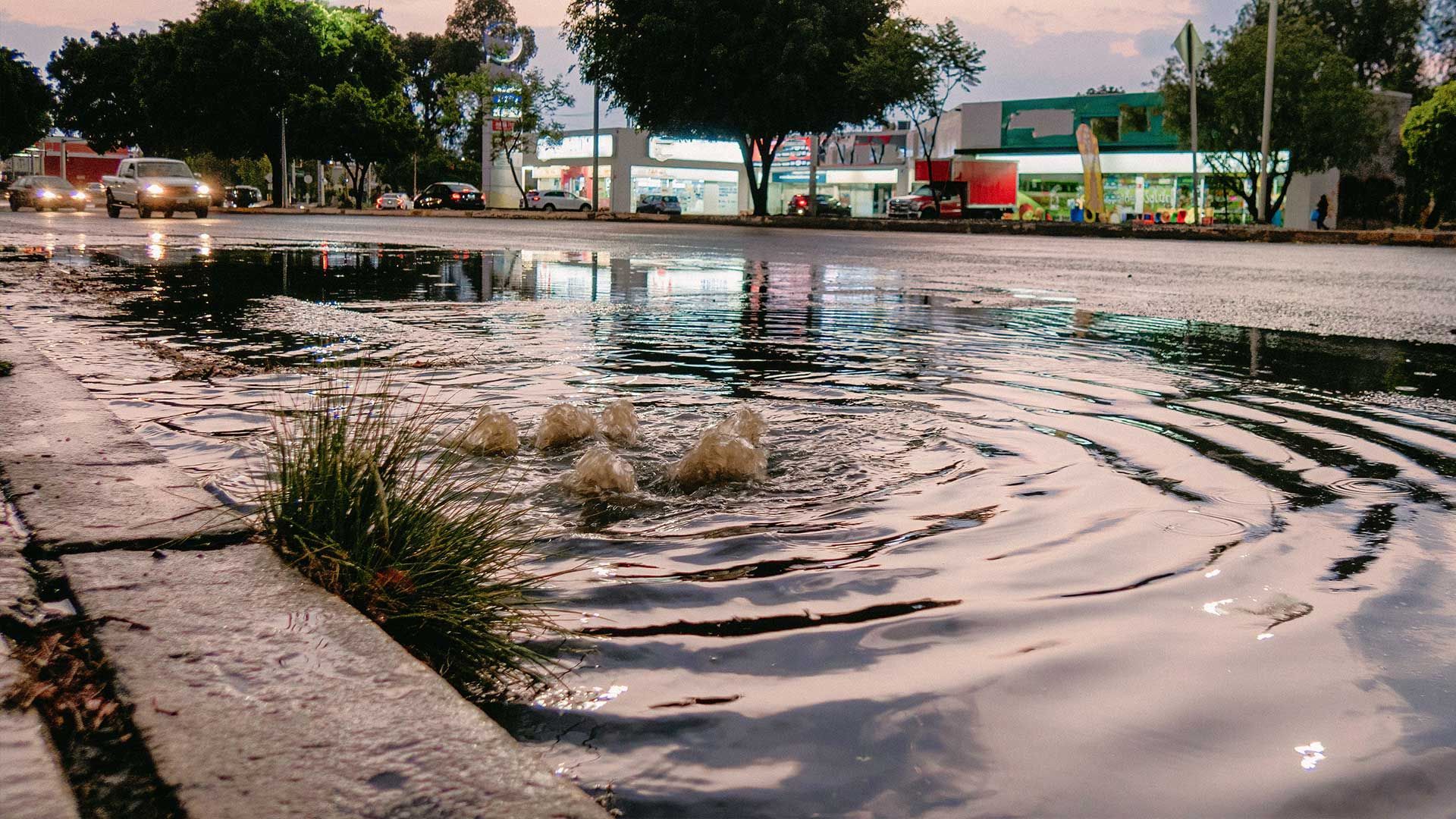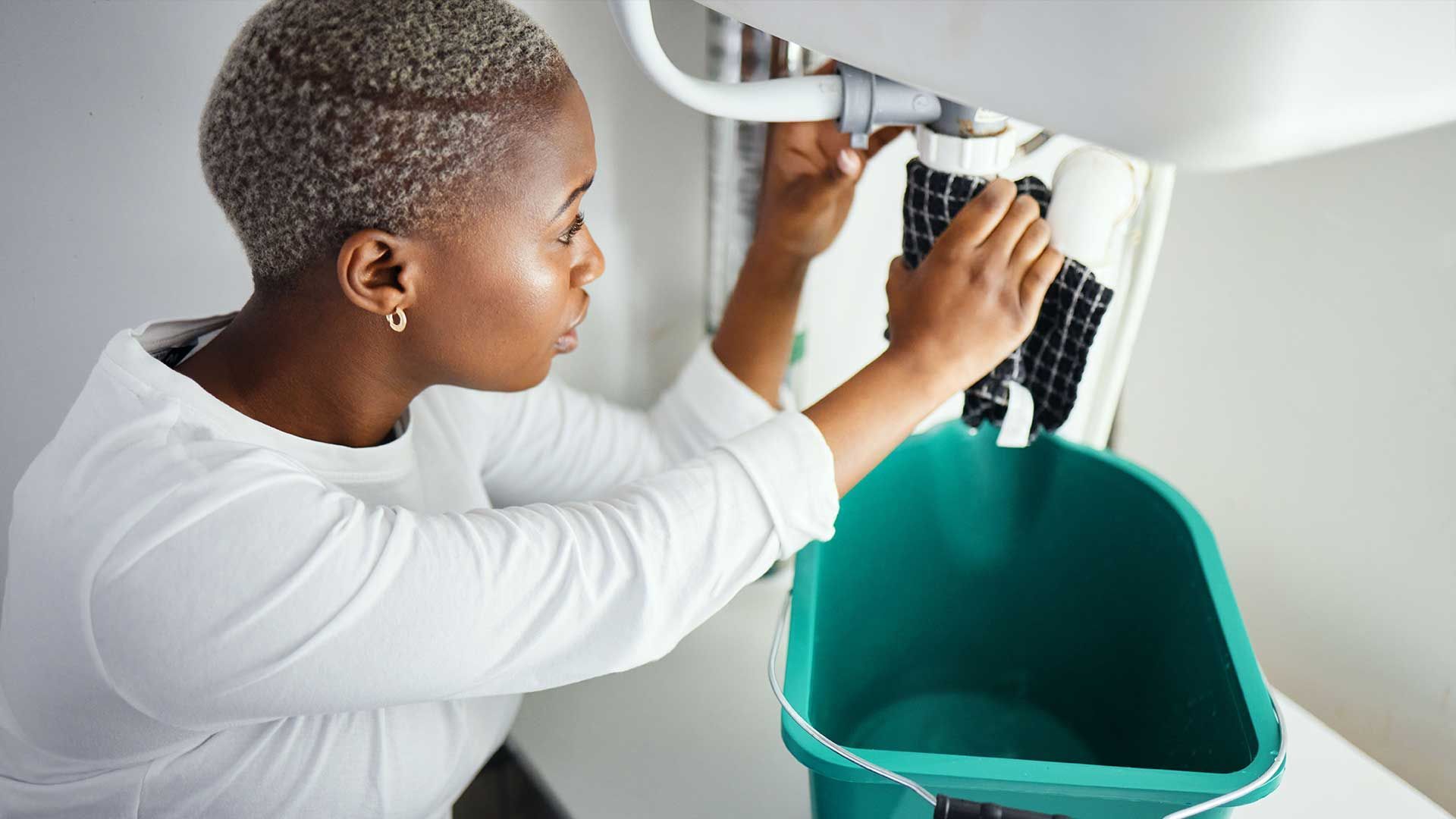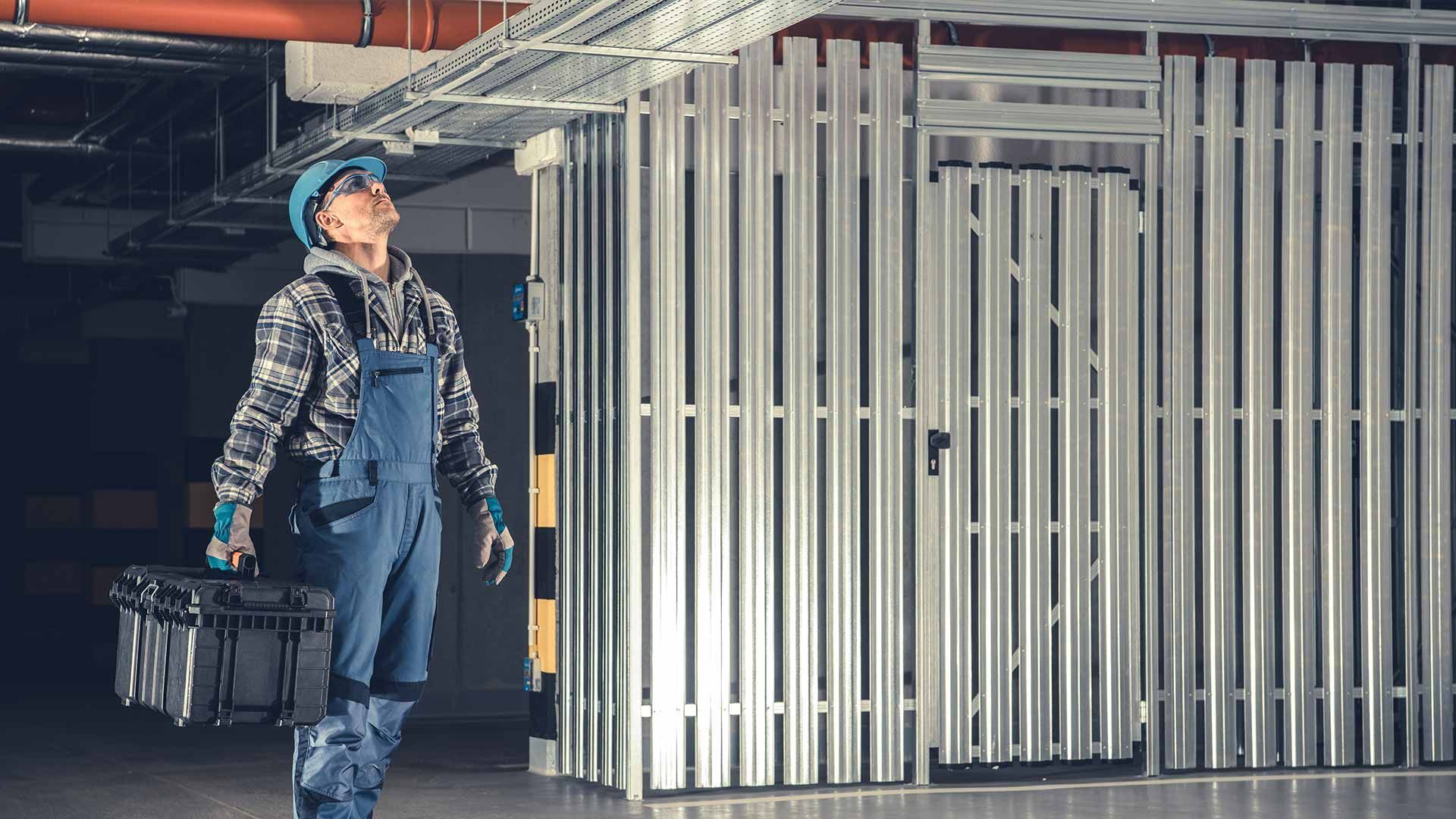Pipe Insulation: The Secret Weapon for a Quieter, More Comfortable Home
Picture this - a cacophony of clanks and hisses echoing through your home, disrupting peace and comfort, all courtesy of uninsulated pipes. Imagine restless nights and irritable days, all because of the relentless noise and fluctuating temperatures.
In this modern age of prioritizing comfort and sustainability, pipe insulation emerges as a crucial solution. It's not just about preventing energy loss; it's about soundproofing and maintaining a cozy environment. By wrapping pipes with insulation, you not only reduce noise but also ensure consistent temperatures, preventing sudden bursts of hot or cold water that can disrupt daily routines.
Pipe insulation is not just about energy efficiency; it's also a key component for creating a quieter and more comfortable living environment. In this essay, we'll explore how investing in pipe insulation can transform your home into a tranquil haven, free from the disturbances of noisy pipes and temperature fluctuations.
Understanding the Problem
Uninsulated pipes can be a major source of noise pollution within the home. As water flows through them, uninsulated pipes can produce loud clanking, banging, or hissing sounds, especially in older homes with metal plumbing. These noises can echo throughout the house, disrupting sleep, concentration, and overall tranquility. Additionally, uninsulated pipes can amplify sounds from water hammer, the phenomenon where sudden pressure changes cause pipes to vibrate and produce loud, startling noises.
Temperature fluctuations caused by uninsulated pipes can significantly impact comfort levels in the home. Without proper insulation, hot water pipes can lose heat rapidly, resulting in cold water bursts when faucets are turned on. Conversely, cold water pipes can absorb heat from the surrounding environment, leading to lukewarm or cold water taps. These fluctuations not only disrupt daily routines but also make it challenging to maintain a comfortable temperature for activities like showering or washing dishes.
Consider the case of a family living in an older home with uninsulated pipes. During winter, they experience frequent temperature swings as hot water turns cold mid-shower due to uninsulated pipes losing heat rapidly. The loud banging noises from water hammer disrupt their sleep and create tension within the household. Despite efforts to adjust the thermostat, they struggle to maintain a consistent temperature, leading to discomfort and frustration. This real-life example highlights the tangible impact of uninsulated pipes on home comfort and underscores the importance of investing in proper insulation for a peaceful and cozy living environment.
The Benefits of Pipe Insulation
Noise Reduction: Pipe insulation acts as a buffer against the cacophony of sounds generated by water flow in uninsulated pipes. By wrapping pipes with insulating material, such as foam or fiberglass, vibrations are dampened, and noise levels are significantly reduced. This results in a quieter home environment, conducive to relaxation, concentration, and peaceful sleep. The insulation absorbs the reverberations that would otherwise echo throughout the house, diminishing clanks, bangs, and hisses that disrupt daily life.
Temperature Regulation: Insulated pipes play a vital role in maintaining consistent temperatures throughout the home. By preventing heat loss in hot water pipes and heat gain in cold water pipes, insulation ensures that water stays at the desired temperature from the moment it leaves the faucet. This regulation enhances comfort by eliminating sudden temperature fluctuations, providing a steady flow of hot or cold water for various household activities.
Energy Efficiency: In addition to enhancing comfort, pipe insulation contributes to energy efficiency by reducing heat loss or gain. By minimizing the need for the water heater to compensate for temperature fluctuations, insulated pipes help conserve energy and lower utility bills. This small investment in insulation yields long-term benefits, both in terms of comfort and cost savings, making it a practical and sustainable solution for homeowners.
Types of Pipe Insulation
Overview of common materials used for pipe insulation includes foam, fiberglass, and rubber. Foam insulation, such as polyethylene or polyurethane foam, is lightweight and easy to install, providing excellent thermal protection. Fiberglass insulation consists of tightly packed fibers, offering superior heat resistance and durability. Rubber insulation, typically made from synthetic rubber or elastomeric materials, is flexible and resistant to moisture, making it ideal for outdoor applications.
Pros and cons of each type of insulation material vary. Foam insulation is cost-effective and resistant to moisture but may degrade over time and require replacement. Fiberglass insulation offers excellent thermal performance but can be messy to install and may irritate the skin and respiratory system during handling. Rubber insulation is durable and resistant to weathering but tends to be more expensive than other options.
Factors to consider when choosing the right insulation for your home include the insulation's R-value (thermal resistance), compatibility with existing pipes, installation ease, durability, moisture resistance, and budget constraints. Additionally, considering the climate and environmental conditions of your region can help determine the most suitable insulation material for optimal performance and longevity.
Installation Process
Step-by-step guide to installing pipe insulation involves gathering necessary tools such as insulation material (foam, fiberglass, or rubber), a utility knife or scissors, measuring tape, and gloves for safety. Begin by measuring the length of the pipe and cutting the insulation to fit. Next, slit the insulation lengthwise and wrap it around the pipe, securing it with adhesive or tape. Pay attention to sealing any gaps or joints to ensure optimal insulation coverage. Safety precautions include wearing gloves to protect against skin irritation and using a utility knife carefully to avoid injuries.
Tips for ensuring proper insulation coverage and effectiveness include inspecting pipes for damage or leaks before installation, properly sealing joints and connections, and avoiding compression of the insulation to maintain its thermal performance. Additionally, consider insulating both hot and cold water pipes to maximize energy efficiency and prevent condensation buildup.
DIY vs. hiring a professional: When deciding between DIY installation and hiring a professional, consider factors such as the complexity of the project, your level of expertise, and time constraints. While DIY installation can save money, hiring a professional ensures proper installation and adherence to safety standards, particularly for complex or hard-to-reach areas. Evaluate your comfort level with DIY projects and weigh the cost-benefit of time and potential mistakes against the convenience and expertise offered by a professional installer.
Case Studies or Expert Insights
Real-world examples of homes that have benefited from pipe insulation abound. Take, for instance, the Smith family, whose once noisy and discomforting home transformed into a serene oasis after insulating their pipes. Mrs. Smith remarks, "Since we insulated our pipes, it's been a game-changer. No more waking up to clanking pipes or enduring sudden temperature shifts during showers."
Plumbing and insulation experts emphasize the crucial role of pipe insulation in enhancing home comfort and reducing noise pollution. According to John Doe, a seasoned plumber, "Properly insulating pipes not only ensures consistent temperatures but also minimizes the risk of costly water damage from condensation. It's a simple yet effective solution for creating a more comfortable and efficient living space."
Insulation specialist Jane Smith adds, "Pipe insulation is often overlooked, but it's a worthwhile investment. It not only saves energy but also improves the overall quality of life by reducing noise and maintaining optimal temperatures."
Maintenance and Upkeep
Recommendations for maintaining pipe insulation to ensure long-term effectiveness include regular inspection for signs of wear or damage, such as cracks, tears, or gaps in the insulation. Additionally, ensure that insulation remains securely attached to the pipes and reapply adhesive or tape as needed. Periodically clean insulation to remove dust, dirt, or debris that can compromise its effectiveness, and consider adding additional insulation if needed, especially in areas prone to extreme temperatures or high humidity.
Signs that indicate when insulation may need replacement or repair include increased noise from the pipes, noticeable temperature fluctuations, condensation or moisture buildup on the insulation, and visible signs of deterioration such as crumbling or discoloration. If insulation shows signs of damage or wear, it's crucial to address them promptly to prevent further issues and maintain optimal performance.
Common mistakes to avoid when maintaining pipe insulation include using incompatible materials or improperly installing insulation, such as leaving gaps or overlaps that compromise coverage. Additionally, neglecting regular inspection and maintenance can lead to issues such as mold growth, water damage, and reduced energy efficiency. It's essential to follow manufacturer guidelines for installation and maintenance and address any issues promptly to ensure the longevity and effectiveness of pipe insulation.
Conclusion
Recap of the benefits of pipe insulation for creating a quieter and more comfortable home highlights its ability to dampen noise pollution, regulate temperatures, and improve energy efficiency. By insulating pipes, homeowners can enjoy a peaceful and tranquil living environment, free from disruptive clanks and temperature fluctuations.
Call to action encouraging readers to consider investing in pipe insulation for their own homes urges them to take proactive steps towards enhancing comfort and reducing energy consumption. Whether it's insulating hot water pipes for consistent showers or cold water pipes to prevent condensation, the benefits of pipe insulation are undeniable. Don't wait until noise and discomfort become unbearable; invest in pipe insulation today for a more enjoyable living experience.
Final thoughts on the transformative impact of pipe insulation on overall home enjoyment and quality of life underscore its significance in creating a harmonious and efficient living space. By prioritizing pipe insulation, homeowners can elevate their daily routines, improve sleep quality, and reduce utility costs, ultimately enhancing their overall well-being and satisfaction with their home environment.
FAQs

